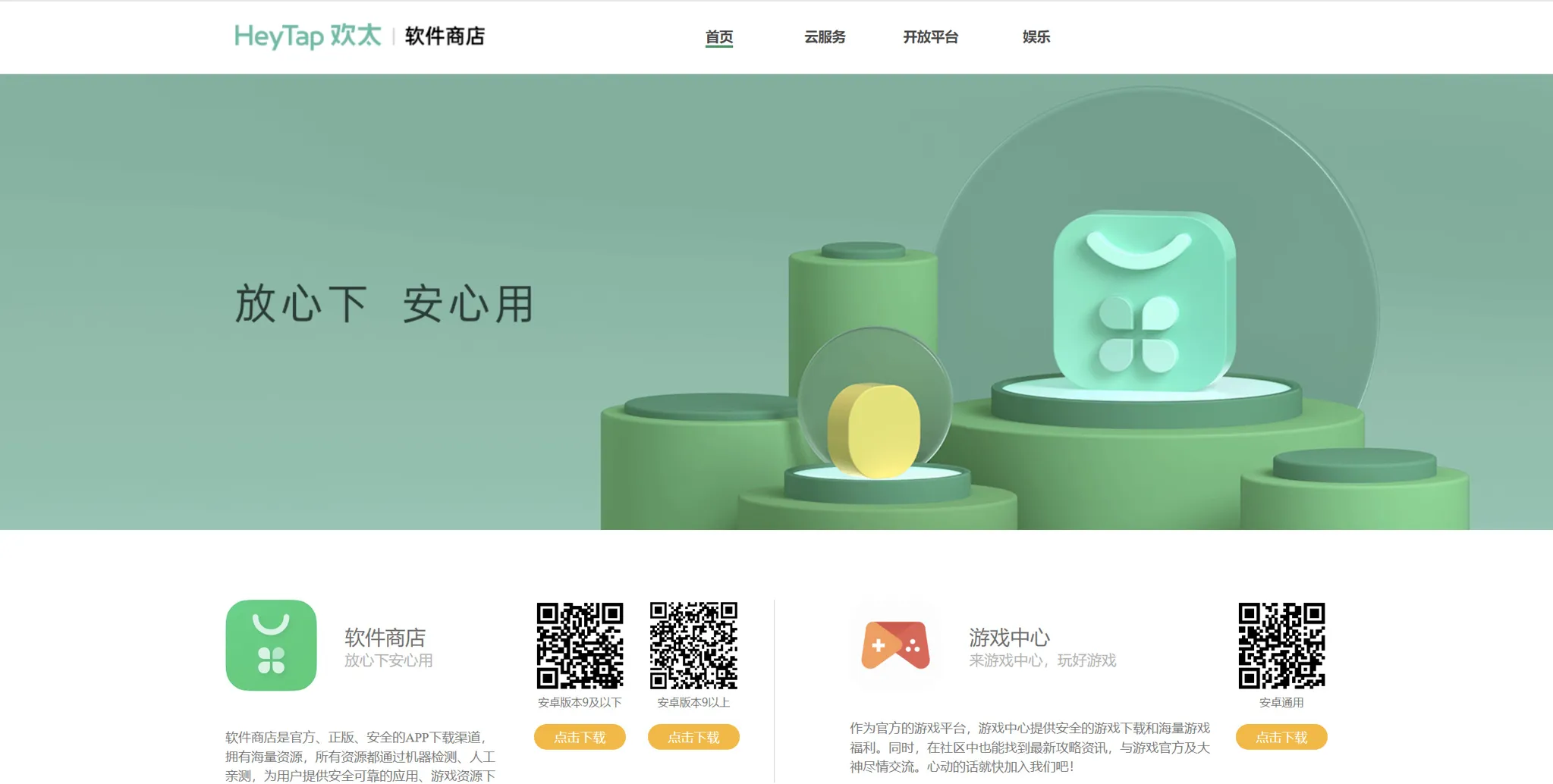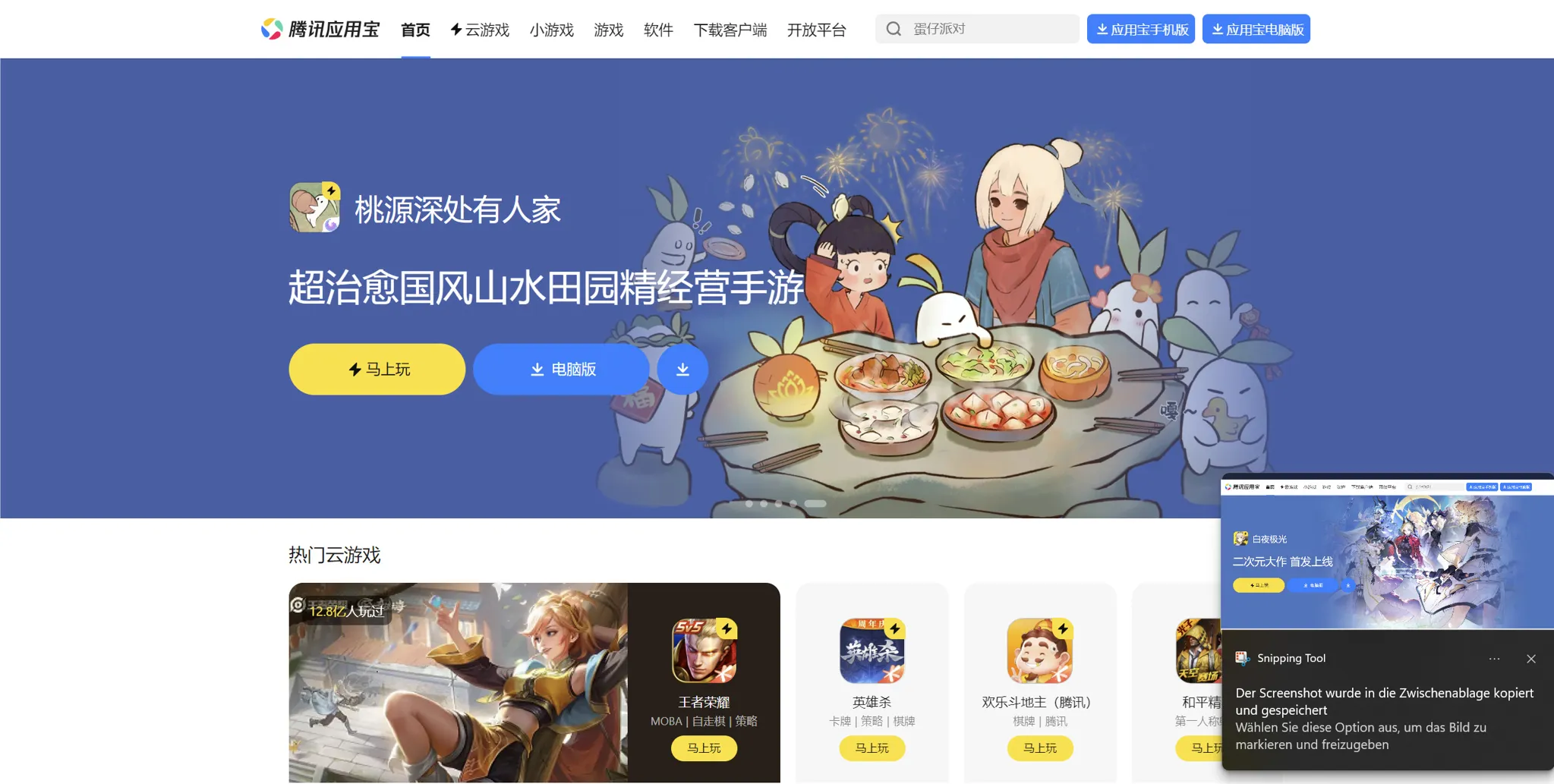
Using your
app in China? Hardly anyone knows about the troublesome process until release -
we do it for our customers.
Let's assume:
a manufacturer of industrial machines needs a mobile app to operate his assembly
robots. Sure, he commissions us to develop the app - no problem. How does our
customer's app reach the machine’s operator? Through the app stores, of course.
First things first: how do we get the app? We simply download the app from the official Apple App Store or the Google Play Store – there we go. But is it always that simple? In fact, downloading an app can be a bit more complicated than our first assumption may lead us to believe.
Users are
only able to see – therefore download - apps from the app store for the country
they have registered for. This hardly seems to be a problem for users in Europe
or the US, that is, both regions have app stores with strong market shares and
– when it comes down to releasing an app - relatively few restrictions.
Though, the same can not be said about China. Many apps that are well known to users in
Europe and the US are not offered in the Land of the Rising Sun. That instances
may be caused by China’s political bans that apply to distribution of digital
goods or by the additional expenses for the app developer.
This challenge in mind, we now must answer two main questions:
- How to get the manufacturer’s app to China?
- How
do people get the app on their devices?
Answering
the first question seems rather easy: the app can be activated for all
countries, including China/China Mainland and Hongkong in Apple’s App Store and
Google’s Play Store. However, it remains uncertain whether the app can be
downloaded by the Chinese resident eventually – which leads us to the latter
question.
Accessing
the Google Play Store from China can be a hustle. More often than not, users
are confronted with denied access while their IP address is blocked from
connecting to the store. Furthermore,
the Google Play Store is subjected to many restrictions and limitations in
China. Unimaginable for western users of the store: Chinese authorities keep
disclosed lists of apps that are either approved or unallowed to be downloaded
by Chinese citizens. Additionally, trading zones with foreign representatives
enjoy advantages over other regions. For all this, you also need a device that
is registered in the Chinese app stores.
There are
three main approaches to circumvent the problem:
- Secondary
devices linked to a western app store account are used. The problem here: you
can't use the device to load exclusive apps for domestic use.
- The second
approach to access the app store is to make use of a VPN tunnel to the west, which
disguises the actual location of the user by re-routing the internet traffic
through different nodes. Although this workaround works most of the time, the
legal consequences for Chinese citizens are yet to be answered.
- Finally,
although only applicable to the Android operating System, users can make use of
a plethora of alternative app stores that co-exist besides the official Google Play
Store. For example, one of these alternatives is already well-known to us: the
Amazon Appstore. As of today, China’s leading alternative store is the HUAWEIAppGallery with 530 million active users, followed by Tencent with 270 million
active users. Oppostore now ranks third with 125 million active users in China.
Though, getting into these Chinese Google Play Store alternatives requires some actions from developers which, in turn, can be a hurdle for foreign companies: they have to register and to set up additional, dedicated accounts for each of these platforms. Publishing an app in these alternative stores are usually more difficult than using Google’s Play Store or Apple’s App Store due to the lack of user guidance, accessibility or consistent workflows – that’s why we are happy to help you out as we can take care of all the necessary steps.
“But hey,
there’s still another way,” you might think. Surely you are right about that
assumption but let’s talk about it: On Android, you can install apps directly to
your device without any need of a store whatsoever. You can distribute the
application via mail or download it from a server and install it on your
device.
Yet,
although handy, the direct install should be the last resort and comes with its
own caveats: you easily lose control over installed app versions, several other
statistics, and cannot make sure that every user’s app is up-to-date. Also,
distributing apps in form of installable files might harm your reputation,
since doing so is not considered to be the “professional way”. Last but not least: when distributed via
installable files, it is hard to impossible to ensure that your app has not
been tinkered with by a third person. Someone could have altered the code
without your knowledge, or worse, injected viruses or other malicious functions
- that's what the app stores are for, offering them a valid distribution
system.
18.08.2023
Photo by Declan Sun on Unsplash
Do you want to learn more about us or have an app developed?

Do you have any questions or would you like a demonstration of SalesChanger? Please contact us directly at 0231/985 380 90 or contact our solution sales team Dipl.-Inform. Oliver Schuster and coordinate your requirements via vertrieb@appplusmobile.de.


